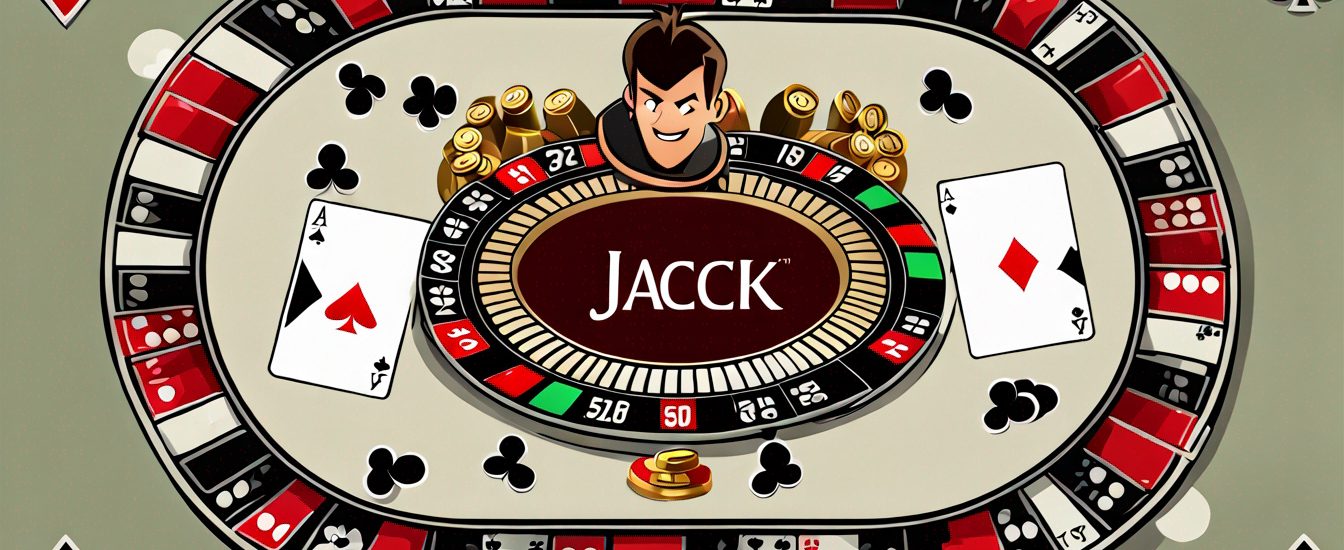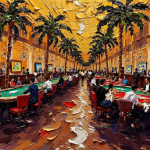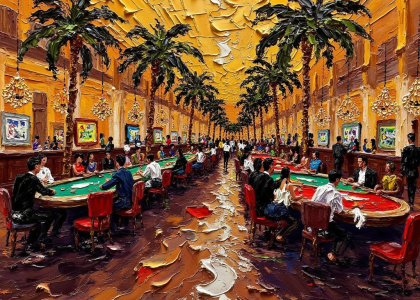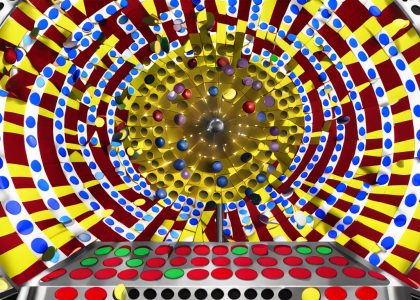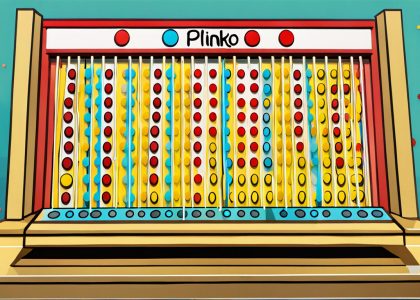Blackjack is one of the most popular and widely played casino card games globally. It’s a staple in both traditional brick-and-mortar casinos and online platforms, including crypto casinos. Often referred to as “21,” the game is favored for its combination of chance and strategy, making it engaging for both new players and seasoned gamblers.
History
Blackjack, one of the most iconic and widely played casino games, has a rich history that spans several centuries. The game’s origins are somewhat debated, but it is generally accepted that blackjack evolved from earlier European card games, adapting over time to become the global phenomenon it is today. Its combination of chance, strategy, and simplicity has made it a staple in casinos worldwide, both in physical establishments and online.
Origins in 17th-Century Europe
The roots of blackjack can be traced back to 17th-century Europe, where several games that resembled blackjack were played. One of the earliest and most direct influences is a Spanish card game called “Ventiuna” (Spanish for “Twenty-One”), which was mentioned in a novel by Spanish author Miguel de Cervantes, most famous for writing Don Quixote. In his novel Rinconete y Cortadillo, written in the early 1600s, Cervantes describes characters playing a game where the goal was to reach 21 without going over, much like modern blackjack.
Around the same time, a similar game called “Trente-et-un” (French for “Thirty-One”) was being played in France. In this game, players aimed to reach 31 points using a combination of three cards. Another French game, “Quinze” (French for “Fifteen”), was also popular and involved trying to reach 15 points with two or more cards.
French Influence and Migration to America
By the early 18th century, a game known as “Vingt-et-Un” (French for “Twenty-One”) began to gain popularity in French gambling halls. This game is considered the closest predecessor to modern blackjack. The rules of Vingt-et-Un were similar to today’s game, with players aiming to reach a total of 21 without going over, and a dealer who held the advantage.
When French colonists migrated to North America in the 18th century, they brought Vingt-et-Un with them. It quickly spread throughout the United States, particularly in the gambling circles of New Orleans. However, in its early American form, the game was not quite the same as today’s blackjack. For example, only the dealer was allowed to double down, and there were variations in how the game was played.
The Rise of “Blackjack” in the U.S.
By the early 20th century, the game of twenty-one was gaining popularity in the U.S. gambling scene, but it still lacked the massive appeal it would later achieve. To attract more players, gambling houses began offering special bonuses, including one where a player was paid a 10-to-1 payout if they were dealt a “blackjack” — a combination of the Ace of Spades and either of the black jacks (the Jack of Clubs or Jack of Spades). Although this bonus system didn’t last, the name “blackjack” stuck, and the game became widely known by that name.
Throughout the 20th century, blackjack became a mainstay in casinos across the U.S. and was eventually adopted internationally. The game gained widespread recognition as it was easy to learn, offered an element of strategy, and had a relatively low house edge compared to other casino games.
The Influence of Card Counting
One of the most significant developments in blackjack’s history occurred in the mid-20th century with the introduction of card counting. In 1962, American mathematician Edward O. Thorp published Beat the Dealer, a book in which he outlined the first mathematically proven strategy for winning at blackjack. Thorp’s work showed that by keeping track of the cards that had been dealt, players could adjust their bets and decisions to gain an advantage over the house.
Card counting transformed the way blackjack was played, and casinos had to adapt by implementing measures such as shuffling more frequently or using multiple decks of cards to make counting more difficult. Nevertheless, card counting has remained a popular strategy among skilled players, contributing to the game’s enduring appeal.
Blackjack in the Modern Era
As casinos expanded across the globe, blackjack became one of the most universally recognized casino games. The advent of online gambling in the 1990s brought blackjack to a whole new audience, making it accessible to anyone with an internet connection. Online platforms offer various versions of blackjack, from traditional single-deck games to live dealer games that replicate the experience of playing in a physical casino.
In recent years, crypto casinos have also introduced blackjack to players who prefer using digital currencies like Bitcoin, Ethereum, and USDT for added privacy, faster transactions, and lower fees.
Cultural Impact
Blackjack has not only become a central part of casino culture but has also been featured in numerous films, television shows, and books. Movies like Rain Man (1988) and 21 (2008) brought blackjack, especially card counting, to the forefront of popular culture. The mystique around “beating the dealer” has made blackjack a symbol of both luck and strategy.
Objective of the Game
The primary goal in blackjack is to beat the dealer by having a hand value closer to 21 than the dealer’s hand, without exceeding 21. It’s a relatively simple concept, but the nuances of the game allow for a range of strategic decision-making.
Card Values in Blackjack
- Number Cards (2-10): Face value (e.g., a 5 of hearts is worth 5 points).
- Face Cards (Jack, Queen, King): All worth 10 points.
- Aces: Worth either 1 point or 11 points, depending on which is more advantageous to the player’s hand.
How to Play Blackjack
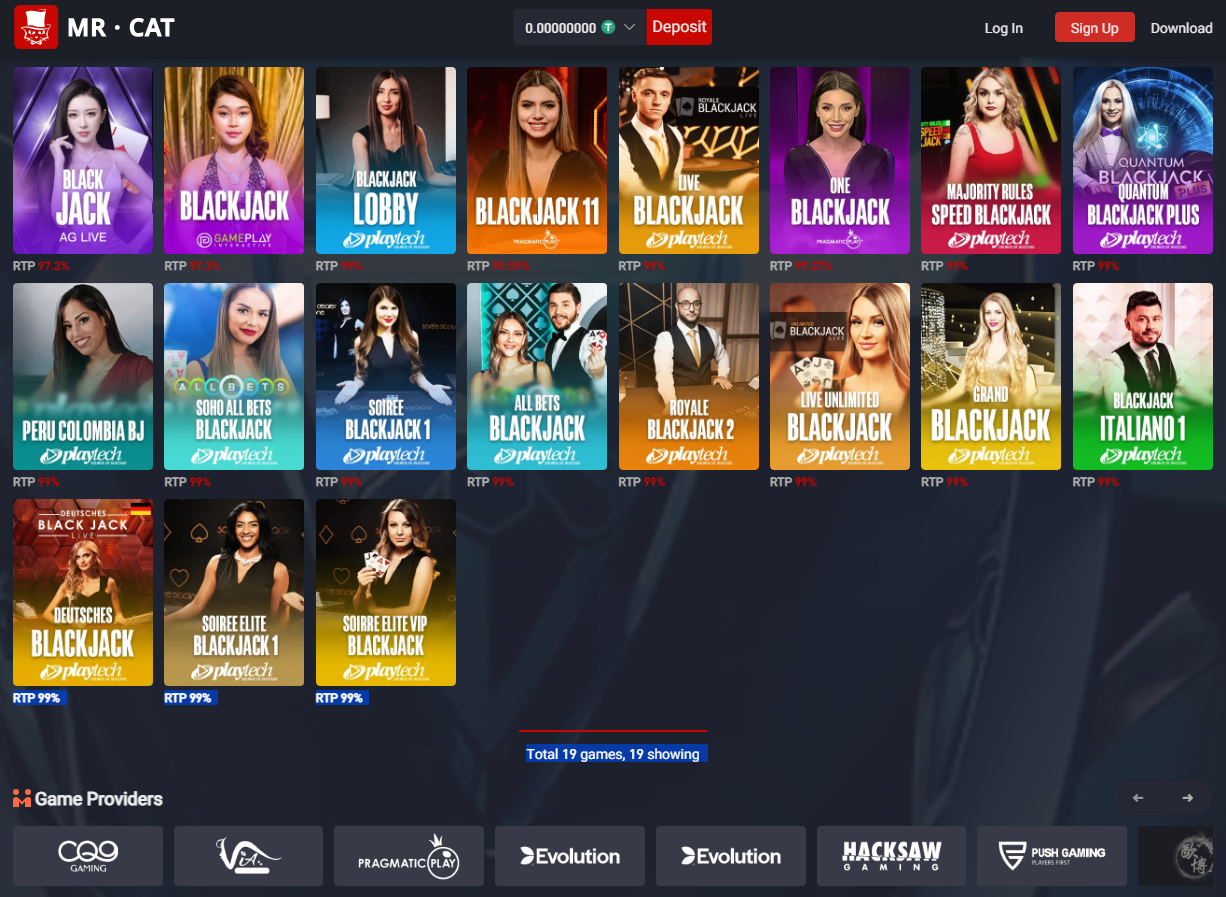
- Placing Bets: At the start of the round, players place their bets.
- Dealing Cards: Each player, including the dealer, is dealt two cards. Players’ cards are usually dealt face up, while the dealer has one card face up and one face down (the “hole card”).
- Player’s Turn: Players then have several options:
- Hit: Request another card. Players can hit as many times as they like unless their hand exceeds 21 (a “bust”), which results in an automatic loss.
- Stand: Keep their current hand and end their turn.
- Double Down: Double their initial bet and receive exactly one more card.
- Split: If the player’s first two cards are of equal value (e.g., two 8s), they can split them into two separate hands and place an additional bet on the second hand. Each hand is then played independently.
- Surrender: Some versions allow players to “surrender” half of their bet and forfeit the hand early.
- Dealer’s Turn: Once all players have taken their turns, the dealer reveals their face-down card and must follow strict rules:
- Hit until the dealer’s hand totals 17 or higher.
- If the dealer busts (exceeds 21), all remaining players win.
- Winning the Game:
- If a player’s hand is closer to 21 than the dealer’s without busting, they win.
- If the player’s hand totals 21 on the first two cards (an Ace and a 10-point card), they have a “blackjack” and win 1.5 times their bet, unless the dealer also has a blackjack (in which case it’s a tie, or “push”).
- If both the player and dealer have hands of equal value, it’s a push, and the player’s bet is returned.
Strategies in Blackjack
While blackjack involves luck, it’s also a game of skill and decision-making. Players use strategy to minimize the house edge and maximize their chances of winning.
- Basic Strategy: This is a mathematically derived set of rules that tells players the optimal move (hit, stand, double, or split) based on their hand and the dealer’s visible card. Basic strategy charts are readily available, and many players memorize them to improve their odds.
- Card Counting: Some advanced players use card counting to gain an advantage over the house. By keeping track of which cards have been dealt, players estimate the likelihood of certain cards being dealt next. This method is more commonly used in physical casinos but is difficult to implement in online casinos, especially where multiple decks are shuffled after each round.
- Side Bets: Some blackjack games offer side bets like “Perfect Pairs” (betting on whether your first two cards will form a pair) or “21+3” (betting on whether your first two cards and the dealer’s upcard form a poker-style hand). These side bets typically offer high payouts but have a larger house edge.
Blackjack Variations
Several variants of blackjack exist, each with unique rules. Some popular variations include:
- Spanish 21: Removes all 10s from the deck, making the game more challenging but offering favorable rules like bonus payouts for certain hands.
- Pontoon: A British variation where both of the dealer’s cards are dealt face down, and the game uses slightly different terminology (e.g., “Twist” instead of “Hit”).
- Blackjack Switch: Allows players to switch their top cards between two hands but comes with adjusted payout rules, including a push on dealer 22.
Blackjack in Online and Crypto Casinos
In online casinos, including crypto platforms, blackjack is available in two main formats:
- RNG-Based Blackjack: This version uses a random number generator (RNG) to simulate card dealing. Each round is independent, and the results are generated purely by software.
- Live Dealer Blackjack: Live dealer blackjack offers a more immersive experience. Players can interact with a real dealer who deals cards in real-time via a video stream. Live blackjack games are popular in both fiat and crypto casinos because they replicate the atmosphere of a physical casino.
Benefits of Playing Blackjack in Crypto Casinos
- Anonymity: Crypto casinos often allow players to gamble with greater anonymity compared to traditional online casinos.
- Fast Transactions: Deposits and withdrawals with cryptocurrencies like Bitcoin, Ethereum, or USDT tend to be quicker than traditional payment methods.
- Lower Fees: Crypto casinos often have lower or no transaction fees, making it more cost-effective for players.
- Provably Fair Games: Many crypto casinos offer “provably fair” blackjack, where players can verify the fairness of each game result through blockchain technology.
Conclusion
Blackjack’s journey from 17th-century European gambling houses to modern-day casinos—both online and offline—reflects its timeless appeal. Its blend of simple rules, strategic depth, and potential for high rewards has made it one of the most popular casino games in the world. Whether you’re playing in a physical casino, on an online platform, or using cryptocurrency, blackjack continues to offer a thrilling and engaging experience for players everywhere.
Blackjack is a timeless casino game that blends luck with skill, making it a favorite for players worldwide. Whether you’re new to the game or a seasoned pro, blackjack offers an engaging experience, especially when played in the fast-paced and secure environment of online and crypto casinos. Just remember to practice responsible gambling, stick to your strategy, and enjoy the thrill of trying to beat the dealer!


